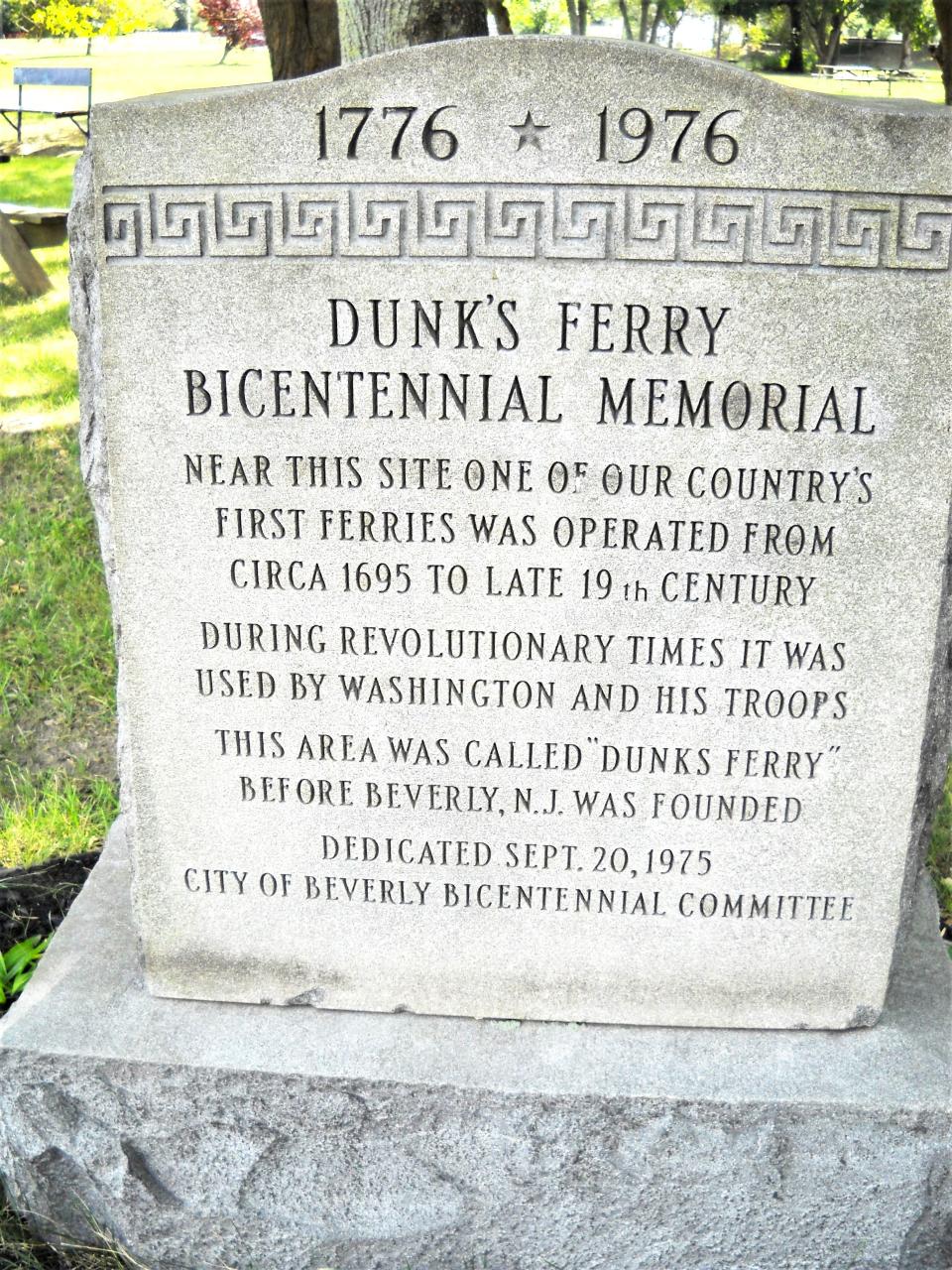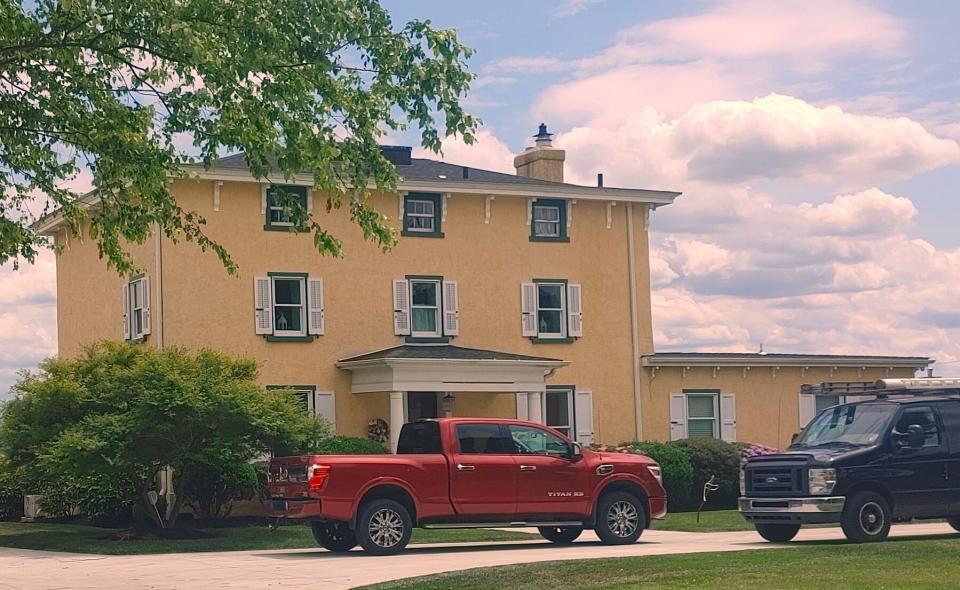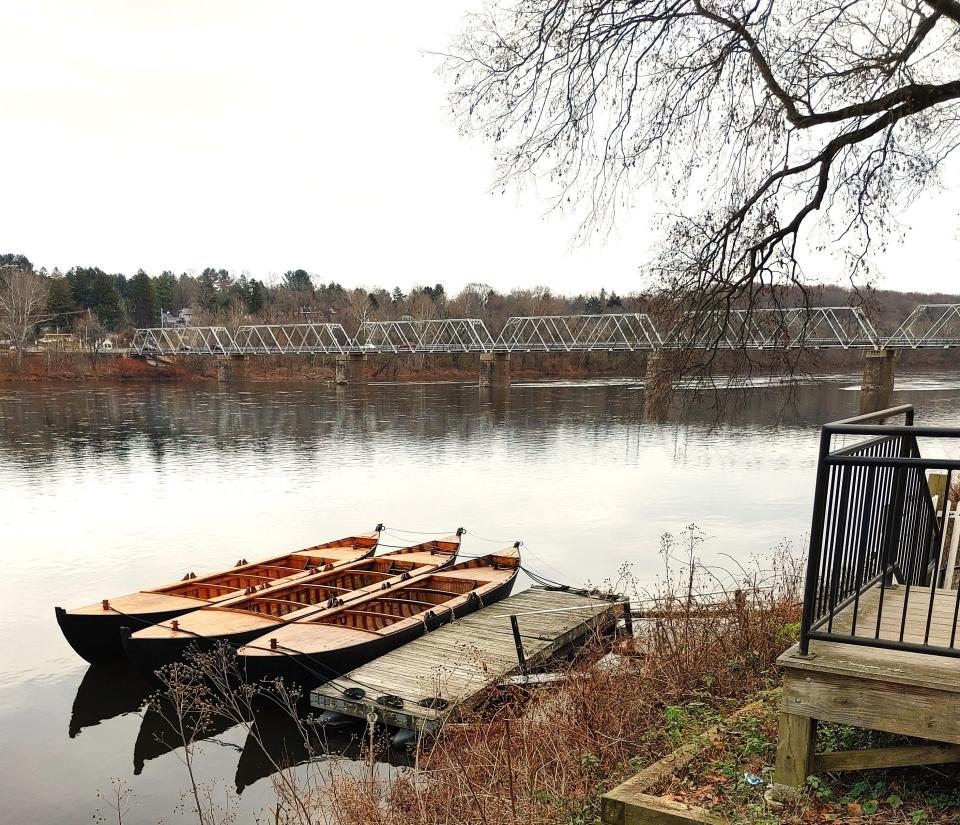Bucks County’s historic ferryboats conjure tales of kings, Redcoats, spies and Aaron Burr
In my childhood, crossing Puget Sound in Washington on a ferryboat to visit my uncle’s dairy farm in Port Angeles was quite a thrill. Since then, ferry travel for me is an adventure to enjoy. Moving to Bucks County from Florida years ago, I made a beeline for the Cape May Ferry in my first “crossing of the Delaware”.
In Bucks County’s early history, numerous ferries plied the Delaware River from Bensalem in Lower Bucks to Riegelsville at the tip of Upper Bucks. The boats operated at 23 river crossings as far back as the 1600s. Oars, paddles, towropes, cables and sails made the crossings possible under government charters. The speed of river currents and its eddies required skillful navigation. Noteworthy ferry crossings and date of inauguration include:

Dunk’s Ferry (Dunk’s Ferry Road, Bensalem, 1762): Half of George Washington’s army tried to cross here to help the general conquer Trenton at Christmas 1776. Severe ice flows foiled the attempt.
Bristol-Burlington Ferry (Mill Street, Bristol Borough, 1697): It connected the county’s oldest town to New Jersey.
Bloomsdale Ferry (Green Lane, Bristol Township, 1774): Aaron Burr, after killing Alexander Hamilton in a dual in Weehawken, N.J., fled and crossed into Bucks to Bloomsdale on this ferry on July 30, 1804, according to the Bristol Cultural and Historical Foundation. He stayed overnight at the ferry tavern before heading south. A few years later, exiled King Joseph Bonaparte of Spain (Napoleon’s brother) failed twice to buy Bloomsdale to build a palace. He later bought Point Breeze a few miles upriver in Bordentown, N.J., where he built his chateau.

Bordentown Ferry (Old Bordentown Road, Falls, 1718): The British Navy on May 7, 1778 attacked the ferry crossing, burned its facilities and the toll keeper’s home in Falls plus occupied and burned Bordentown.
Trenton Ferry (Tyburn Road, Falls, 1674): The ferry was near the city’s most elegant home two miles below Trenton. British soldiers on Dec. 27, 1776, burned it to the ground as revenge for Washington’s attack on Trenton a day earlier. A British sympathizer owned the home.
Lamberton Ferry (Route 1, Morrisville, 1773): It was here icing prevented American troops commanded by Gen. John Cadwallader from reinforcing George Washington’s attack on Trenton from the north. According to the Trenton Federalist newspaper, Aaron Burr used this ferry in his flight to Bristol after killing Alexander Hamilton. This disputes the Bloomsdale Ferry account.
Calhoun Street Ferry (West Trenton Ave., Morrisville, 1774): It operated above the river falls. Oarsmen paddled its ferryboat upstream to McKonkey’s Ferry for use by the general in his famous crossing of the Delaware in 1776.

McConkey’s Ferry (Route 532, Upper Makefield, 1684): This is where Washington crossed either on the borrowed Calhoun Street ferry raft or a Durham boat as depicted in the iconic Emanuel Leutze painting. Many historians believe he would have crossed with his horse, making the ferry more likely.
Coryell’s Ferry (West Ferry Street, New Hope, 1717): Named for Coryell, N.J. (today’s Lambertville), the ferryboat embarked daily from New Hope’s Logan Inn, the headquarters of Gen. Benedict Arnold during the American Revolution.
Centre Bridge Ferry (Upper York Road, Solebury, 1701): British spy Moses Doan of the notorious Doan Gang of Plumstead, crossed the Delaware here on Christmas Day 1776 and galloped downstream to alert British and Hessian commanders in Trenton they were about to be attacked by Washington’s army. The alert was ignored.
Lumberton Ferry (Cuttalossa Road, Solebury, 1771): John Kugler and wife Susanna who operated the ferry in 1780 were jailed for treason for hiding British spies and aiding their escape.
Durham Cave Ferry (Lehnenberg Road, Durham Township, 1727): The ferry operated near the mouth of the largest cave in Bucks.
Durham Furnace Ferry (Route 212, Durham Township, 1877): It served the new and enlarged Durham blast furnace. Its large, top-deck boats ferried iron ore and supplies to the furnace and shipped output to markets.
Sadly, all these old-time ferryboats are gone, giving way to iron bridges that you and I cross over the river in a flash with hardly a glance at what once was so beautiful yet intimidating to our forebears.
Sources include “Improving Navigation on the Delaware River” by B.F. Fackenthal, Jr. published in “A Collection of Papers Read Before the Bucks County Historical Society”, Volume VI (1932).
Carl LaVO can be reached at carllavo0@gmail.com
This article originally appeared on Bucks County Courier Times: When the ferryboat was at the center of Bucks County commerce

